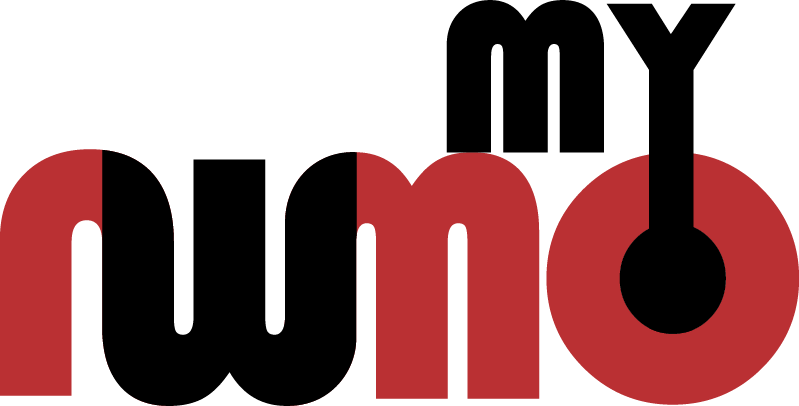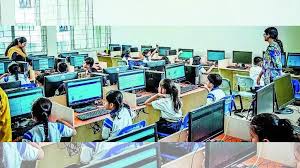Indianapolis, IN – In a major step toward bridging the digital divide, local schools across Indianapolis have launched an initiative to provide free digital devices to students. The program, backed by city and state education officials, aims to ensure every child has access to essential learning tools in an increasingly technology-driven academic landscape.
The rollout aligns with broader efforts by the Indiana Department of Education to enhance digital literacy and equip students with the necessary resources for success. Officials believe that by addressing technology gaps, students will have better opportunities to excel in both in-person and remote learning environments.
Bridging the Digital Divide
For years, Indianapolis educators have faced challenges in ensuring equal access to technology. The COVID-19 pandemic further exposed disparities, with thousands of students struggling to participate in online learning due to a lack of devices and internet connectivity.
“Access to digital devices is no longer a luxury—it’s a necessity,” said Dr. Katie Jenner, Indiana’s Secretary of Education. “Through this initiative, we’re giving students the tools they need to succeed in the classroom and beyond.”
The initiative will provide laptops and tablets to students from kindergarten through high school. The devices come preloaded with essential educational software, secure internet access, and parental control features. The goal is to foster a tech-savvy learning environment that prepares students for higher education and the workforce.
Funding and Support
The program is made possible through a combination of state funding, federal grants, and private sector contributions. The Indiana Office of Technology has played a key role in ensuring the security and efficiency of the distributed devices.
The initiative is also part of the larger Digital Equity Plan under the Indiana Broadband Office, which seeks to expand high-speed internet access across the state. This partnership ensures that students, particularly in underprivileged communities, have both the hardware and the connectivity needed for modern education.
Local businesses and technology firms have stepped up to support the program, donating devices and offering technical support. Tech companies, including those in the Indianapolis tech hub, are also providing training sessions to help teachers integrate technology effectively into their curriculum.
What It Means for Students and Families
For students like 14-year-old Mason Carter, a freshman at Indianapolis Public Schools, the new device is a game-changer.
“I used to borrow my mom’s phone to do homework because we didn’t have a laptop at home,” Carter said. “Now I can study, do research, and even learn coding from my own device. It’s going to help me a lot.”
Parents have also welcomed the initiative, seeing it as a step toward easing financial burdens. Many families had struggled to afford devices, especially for multiple children. Now, with the rollout, students can focus on learning without technological limitations.
Educators, too, are optimistic. “Teachers can now assign interactive lessons, virtual labs, and group projects without worrying about which students have access,” said Amy Reynolds, a middle school teacher in the city. “This levels the playing field and fosters collaboration.”
Expanding Digital Learning in Indianapolis
The initiative is part of Indianapolis’s broader commitment to educational innovation. The city has been investing in digital infrastructure, including installing Wi-Fi hotspots in underserved neighborhoods and upgrading school networks.
Additionally, local schools are expanding tech-based programs such as coding boot camps, STEM workshops, and robotics clubs. The integration of digital devices is expected to enhance these efforts, giving students firsthand experience with cutting-edge educational technology.
The program will also offer digital literacy training for parents and guardians, helping them support their children’s education at home. The Indiana Learning Lab, an online platform offering teacher and student resources, will play a crucial role in this effort.
Challenges and Next Steps
While the initiative has been widely praised, challenges remain. Some parents and educators have raised concerns about screen time and digital distractions. To address this, schools are implementing strict guidelines on device usage and encouraging a balanced approach to learning.
Another hurdle is ensuring that all students have stable internet access at home. While the state has made strides in broadband expansion, gaps still exist in rural and low-income areas. The government continues to work with internet providers to offer affordable or subsidized plans for families in need.
Looking ahead, state officials plan to assess the program’s impact through periodic evaluations. If successful, similar initiatives may be expanded to other parts of Indiana, ensuring that every student has the digital tools necessary for academic success.
A Step Toward a Digital Future
The rollout of free digital devices in Indianapolis schools marks a significant milestone in the city’s education system. As classrooms become more technology-driven, ensuring equal access to digital tools is crucial for student success.
“This initiative isn’t just about handing out devices,” said Dr. Jenner. “It’s about empowering students, supporting educators, and preparing our next generation for a future that is undeniably digital.”
For students, parents, and educators alike, the initiative represents hope—a step toward an inclusive, tech-enabled future where every child has the opportunity to thrive.
Disclaimer – Our team has carefully fact-checked this article to make sure it’s accurate and free from any misinformation. We’re dedicated to keeping our content honest and reliable for our readers.




